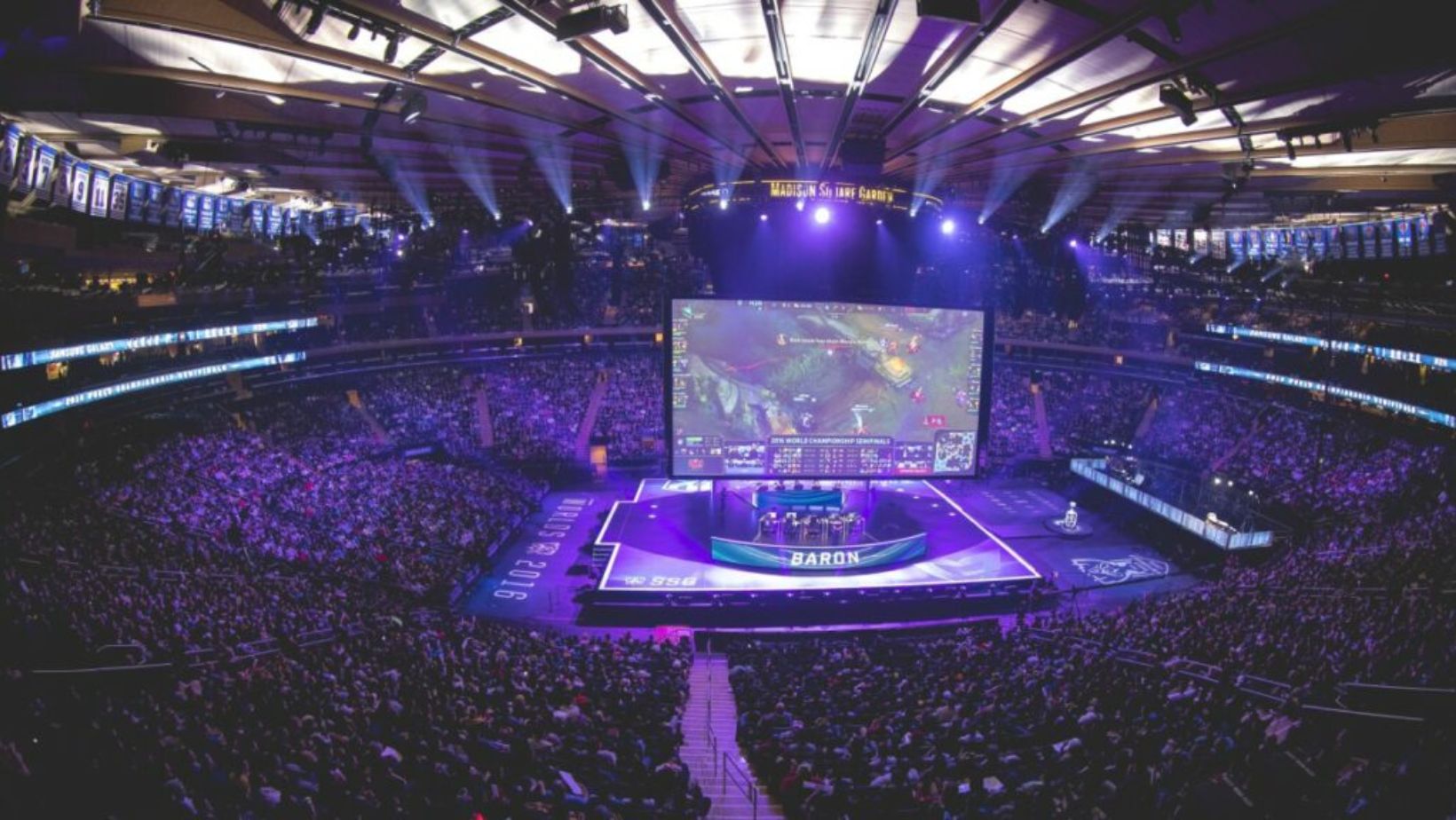
Esports, short for electronic sports, has transcended its origins as a niche subculture and become a global phenomenon that captures the hearts and minds of millions. The journey from simple pixels on a screen to a multimillion-dollar industry with professional players, massive stadiums, and an ever-growing fan base is nothing short of remarkable. In this article, we will embark on a journey through time to trace the fascinating history and evolution of esports.
Additionally, the world of esports has become a thriving ecosystem not only for players and fans but also for the rapidly growing betting community. Platforms like Betwinner have capitalized on the excitement of esports, providing enthusiasts with an opportunity to engage with their favorite games on a whole new level.
The Birth of a Digital Subculture
The roots of esports can be traced back to the early days of video gaming, as competitive players started to gather in arcades during the late 1970s and early 1980s. Games like “Space Invaders” and “Pac-Man” laid the foundation for this nascent subculture as players began competing for high scores and recognition. These early competitions were informal and often localized, but they sowed the seeds for something much larger.
The Rise of the LAN Party and Cybercafés
The 1990s marked a significant turning point for esports, with the popularization of Local Area Network (LAN) gaming and the emergence of cybercafés. LAN parties became a social phenomenon, where gamers would bring their PCs to a designated location to play against each other. Games like “Quake” and “StarCraft” took center stage, and competitive gaming communities began to form.
Cybercafés also played a pivotal role in the early esports scene, providing a space for gamers to compete in a more organized manner. This era saw the emergence of some of the first professional players as they competed for cash prizes and sponsorships.
The Emergence of Esports Tournaments
In the late 1990s and early 2000s, esports started to gain momentum with the introduction of large-scale tournaments. The Cyberathlete Professional League (CPL) and the Electronic Sports World Cup (ESWC) were among the first organizations to host global competitions. These events attracted international talent and marked a significant step towards professionalization in the esports world.
The Advent of Streaming and Spectatorship
The 2010s brought about a monumental shift in esports with the rise of live-streaming platforms like Twitch. Gamers could now broadcast their gameplay to a global audience, which transformed esports into a spectator sport. As a result, esports started to gain legitimacy as a form of entertainment, with large viewership numbers and even dedicated esports arenas.
The Birth of Franchised Leagues
One of the most significant milestones in the history of esports is the advent of franchised leagues, where established sports organizations, celebrities, and entrepreneurs invested in dedicated teams. Games like League of Legends, Overwatch, and Call of Duty introduced city-based franchise systems, mirroring traditional sports leagues. This shift has led to an infusion of capital, better infrastructure, and a higher level of professionalism in esports.
A Multibillion-Dollar Industry
Today, the esports industry is a thriving, multibillion-dollar behemoth. Professional players can earn substantial salaries and compete on a global stage.

Esports events fill arenas, and the most prestigious tournaments offer prize pools that rival traditional sporting events. This remarkable growth has turned competitive gaming into a career choice, not just a hobby.
The Future of Esports
As we look to the future, the evolution of esports shows no signs of slowing down. New games, genres, and platforms continue to emerge. Esports is expanding its reach beyond PC and console gaming, with mobile esports gaining traction. Virtual reality and augmented reality also promise to bring new dimensions to competitive gaming.
Esports’ journey from pixels on a screen to professional players has been nothing short of extraordinary. Its rise reflects the global appeal of gaming and the growing recognition of the skill, dedication, and entertainment value that esports offers. Whether you’re a die-hard fan or a newcomer, the story of esports is a testament to the power of passion and technology in shaping the future of entertainment and competition. To learn more, check out this article on Wikipedia.
FAQ
1. When did esports first emerge as a competitive activity?
– Esports began to take shape in the late 1970s and early 1980s when competitive players gathered in arcades to compete for high scores in games like “Space Invaders” and “Pac-Man.”
2. How has the esports landscape changed in recent years?
– In recent years, esports has seen exponential growth with the rise of franchised leagues, streaming platforms, and substantial financial investments. The introduction of franchised leagues brought a new level of professionalism while streaming platforms like Twitch transformed esports into a spectator sport.
3. What role do betting platforms like Betwinner play in esports?
– Betting platforms like Betwinner offer esports enthusiasts the opportunity to engage with their favorite games at a different level. They allow fans to place bets on various esports events, adding an extra layer of excitement to the experience and providing a chance to test their knowledge and intuition in the world of competitive gaming.



